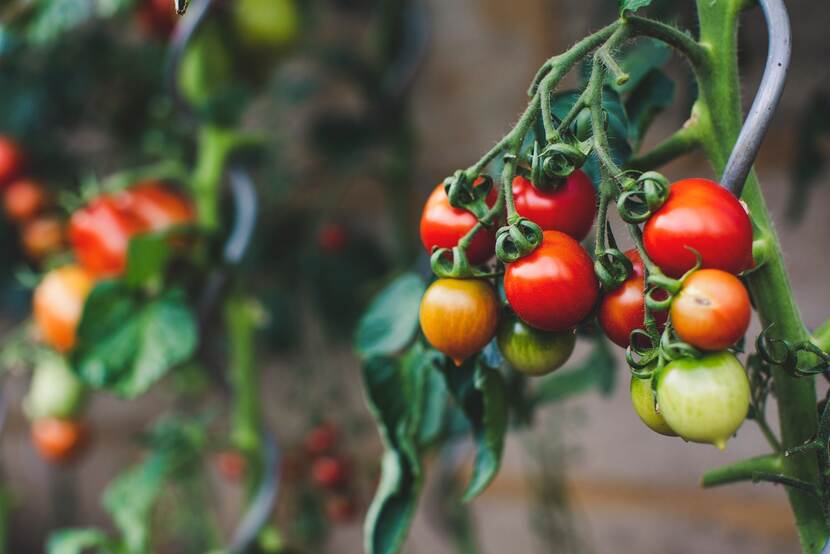Vegetable forcing is becoming more popular in Hungary
Exports increase and there still is much untapped potential in the geothermal energy in greenhouse heating

As the spring season progresses, Hungary’s spring legume and vegetable produce has started to hit the market. The news portal Agrárszektor reports that vegetable forcing in greenhouse production is on the rise.
Currently, Hungary produces 1.7 million tons of vegetables and legumes annually, and according to the news portal’s latest figures, around one-quarter of this produce comes from greenhouse vegetable forcing production.
The latest data by the Central Statistical Office (KSH) shows that 66% of the greenhouses used for vegetable forcing are unheated, 16% of them are heated using geothermal water, 5.1% are heated with conventional gas heating, 2.3% use biomass heating and 11% use other methods of heating.
94% of the heated vegetable forcing machinery is operated with geothermal energy.
Vegetable forcing production is currently practiced over an area of 2600 hectares, however, due to multi-layered greenhouse production, the actual cultivation area is 3400 hectares.
The main vegetables produced in vegetable forcing follow Hungary’s general horticultural trends. The largest portion of the greenhouse area is dedicated to sweet paprika (pepper) (1500 ha), followed by various salads and greens (665 ha), tomatoes (310 ha), cucumbers (100 ha).
Most of the country’s vegetable forcing takes places in Southern Hungary (77%) followed by the regions of Central Hungary (13%).
| For more details on this topic and the opportunities presented by geothermal greenhouses in Hungary, see our detailed report here. |
As vegetable forcing is becoming more prevalent in the country, making fresh produce more available around the year, horticultural exports are also increasing. According to KSH’s data, in 2021 alone, the export of Hungarian tomatoes increased by 51%, paprika (pepper) by 15% and salads and greens by 11%.
The news portal also reports that geothermal energy still has a lot of untapped potential, as the feasible ceiling of sustainable geothermal energy production in Hungary is six times the amount of the current output.
***
Check these out too before you go.

Serbia Newasflash Week 14, 2022
The government focusing on food security, farmers against the export ban, a new GI measure to help protect local brands, a new regulation for the labeling of domestic meat, and the success story of a research institute in Novi Sad and its soy varieties - The week in Serbian agriculture

Hungary Newsflash Week 14, 2022
A precision pilot project to be launched, dairy and cereal prices rising, the effects of the war on the pig sector, a new subsidy for goat and sheep husbandry and issues with illegal waste dumping - The week in Hungarian agriculture